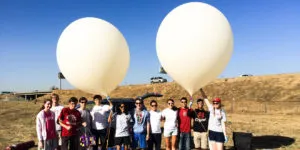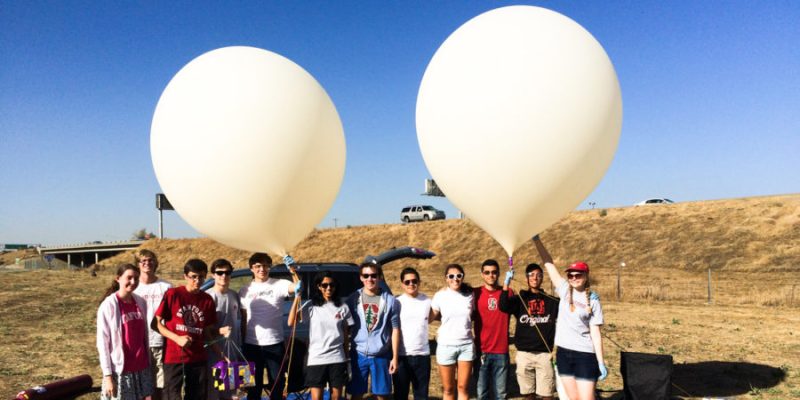In response to student demand, Stanford’s aeronautics and astronautics department will offer a new undergraduate degree in aeronautics and astronautics starting next fall.
Previously, the department only offered degrees for master’s and Ph.D. students. Stanford’s graduate program in aeronautics and astronautics is ranked no. 1 by U.S. News and World Report.
The idea of a new major was introduced to the Faculty Senate about two years ago. Following faculty approval, Professor of Aeronautics and Astronautics Juan Alonso led a committee to study what the major should offer students. The committee researched effective and innovative ways to teach the major and led the effort to design the new program, which was approved this February.
“The main motivating factor is the renaissance of aerospace engineering that has been taking place over the last 10 or so years and the student demand,” Alonso said.
He explained that interest in the new major came from student groups such as Stanford Student Space Initiative (SSI) and Stanford Unmanned Aerial Vehicle Enthusiasts (SUAVE). Both groups have about 200 members each.
According to Alonso, commercialization of aeronautics has also sparked interest in drones and satellites, with students creating start-ups in the field.

SSI member Kai Marshland ’19 echoed Alonso’s remarks on the exciting nature of the space and flight fields at the moment. As operations team lead for the SSI, Marshland created HABMC, the mission control for the group’s high-altitude balloons team, which recently set the world record for time spent aloft by a latex balloon.
“The space industry is only continuing to develop and the aero-astro major will help ensure that Stanford students remain at the forefront of that,” Marshland said, adding that, although he is a computer science student, he knows a number of freshmen who now plan to declare the new major.
“I think there is significant interest,” he said, praising Assistant Professor of Aeronautics Marco Pavone’s work in shaping the new major. “There has been for a long time.”
The goal of the new major is to expose students to different forms of aeronautics and astronautics while providing students the foundation needed to branch off into a broad range of fields. Alonso said that because the department had a “clean slate” to design the major, the department had the flexibility to create a course collection that they believed encompassed what’s best for students interested in modern aspects of the disciplines.
Additionally, Stanford will be one of few universities to offer an undergraduate course in autonomous systems, a requirement of the new major — an area typically offered exclusively for graduate students.
Alonso anticipates that the Class of 2020 will be the first to graduate students in the new major.
“We have a strong role — being the number one department in the country for aerospace engineering at the graduate level — to have as good an undergraduate department in order to train the leaders of aerospace,” Alonso said.
Contact Stephanie Brito at sbrito ‘at’ stanford.edu.
